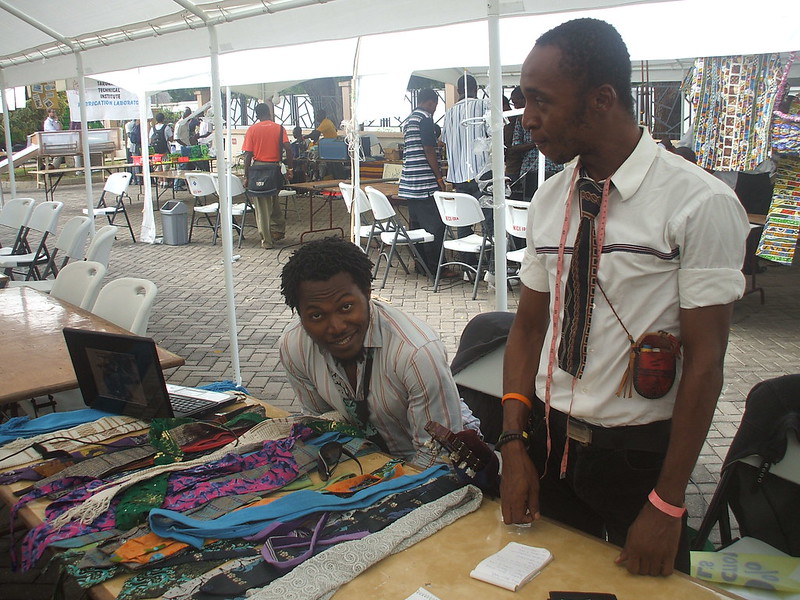 In Ghana, 38% of the population is between 15 and 35 years old. Young people have the desire and capacity to contribute to national development, which, in turn, supports poverty reduction efforts in Ghana. To get young people involved, they must be given a seat at the table. The government has committed to creating more opportunities to enhance their involvement. Millennials and Gen Zs are skilled at using innovative and creative approaches to improve technologies and systems that benefit growing sectors, such as agriculture and entrepreneurship.
In Ghana, 38% of the population is between 15 and 35 years old. Young people have the desire and capacity to contribute to national development, which, in turn, supports poverty reduction efforts in Ghana. To get young people involved, they must be given a seat at the table. The government has committed to creating more opportunities to enhance their involvement. Millennials and Gen Zs are skilled at using innovative and creative approaches to improve technologies and systems that benefit growing sectors, such as agriculture and entrepreneurship.
Agriculture
Agriculture remains one of Ghana’s oldest and most vital professions, employing 33% of the population and encompassing crops, livestock and fisheries. The sector accounts for an impressive 54% of the country’s total gross domestic product (GDP). Currently, only 5% of agricultural jobs are held by youth. Hence, the government is implementing targeted policies and providing sustainable funding to boost youth participation.
The 8th annual Agricultural Innovation for Africa (AIA) Conference was held in Accra in August 2024. It aims to produce a policy paper on attracting and supporting youth in the agriculture sector. The conference focused on the future of agricultural innovation, youth employment and food security in Africa — all crucial factors in reducing poverty in Ghana.
Count on Crops Hub Limited is an African-led, youth-based organization dedicated to improving agricultural production and driving inclusive agrarian transformation in Ghana. In addition, it runs the Agric4Girls initiative, which addresses the urgent need for economic opportunities and contributions that women and girls can make to the agricultural sector.
Business
Post COVID-19, the Ghana government has created the COVID-19 Alleviation and Revitalisation of Enterprises Support (CARES) specifically to engage youth. CARES aims to:
- Make the Ghana Stock Exchange a leading source of long-term financing for domestic business,
- Facilitate foreign companies’ investment in the country,
- Create the Development Bank Ghana (DBG) with more than $180 million loan from the European Investment Bank.
- Fund the YouStart Initiative that will create over one million jobs for young people by giving them access to capital and mentorship to launch and grow their businesses.
The Enterprise and Youth Support Fund (EYSF) was started in conjunction with Ghana CARES in 2021. It offers an online investment platform and “youth bank” that will specifically target start-ups for young Ghanaians. They are encouraged to use innovation and fresh perspectives to create a sustainable economy that reinvests in its people.
One business that has flourished under these government initiatives is Gold Coast Tokota, a footwear brand founded by Kwaku Kumi. The Ghana-based company prides itself on using eco-friendly materials that minimize environmental impact. Supporting this brand promotes traditional craftsmanship, strengthens the local economy and advances sustainable fashion — all contributing to poverty reduction in Ghana.
Communicate Knowledge
Ghanaian President Akufo-Addo is urging all citizens who study abroad to return and share what they have learned with their communities. Access to correct information is integral in ending the cycle of poverty. Students and recent graduates can bring new knowledge and ideas back to the country. This knowledge can teach people across many sectors how to grow in their endeavors.
The Oxford and Cambridge Society of Ghana is a significant society for the Ghanaian people. Alums from the two universities work toward spreading and explaining how this knowledge contributes to the transformation of Ghana.
Summary
Ghana is modernizing its agricultural sector by applying the skills of young Ghanaians to create food security. Furthermore, the agriculture sector is providing employment opportunities in one of the country’s oldest professions. Supporting young entrepreneurs is another key focus. Investing in the youth today will help grow businesses that strengthen the economy and create jobs for the community. Additionally, making critical information accessible to all Ghanaians fosters growth across various sectors, ensuring that education and knowledge-sharing drive innovation and progress.
– Alysha Miller
Alysha is based in Toronto, Canada and focuses on Technology and Solutions for The Borgen Project.
Photo: Flickr
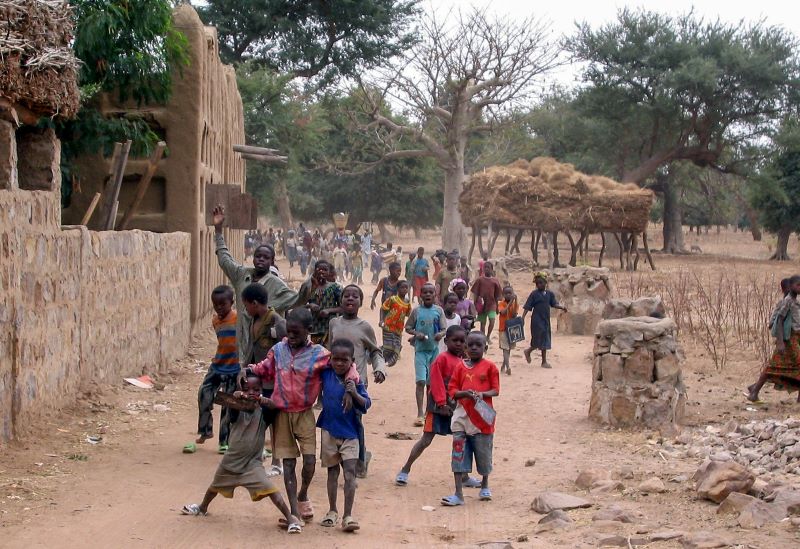
 Women and men are equally capable in the fields of science, technology, engineering and mathematics (
Women and men are equally capable in the fields of science, technology, engineering and mathematics (
 In 2019,
In 2019, 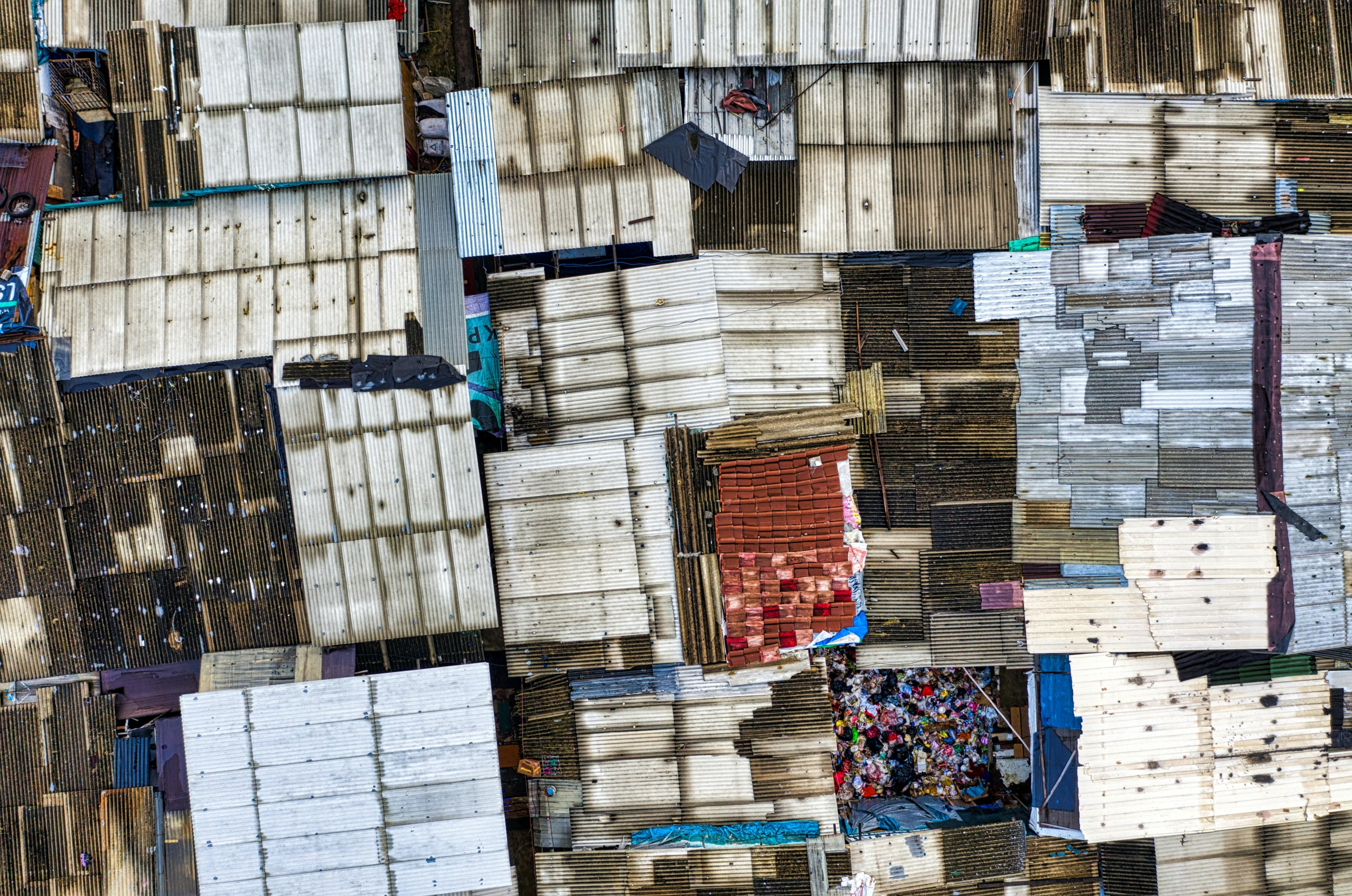
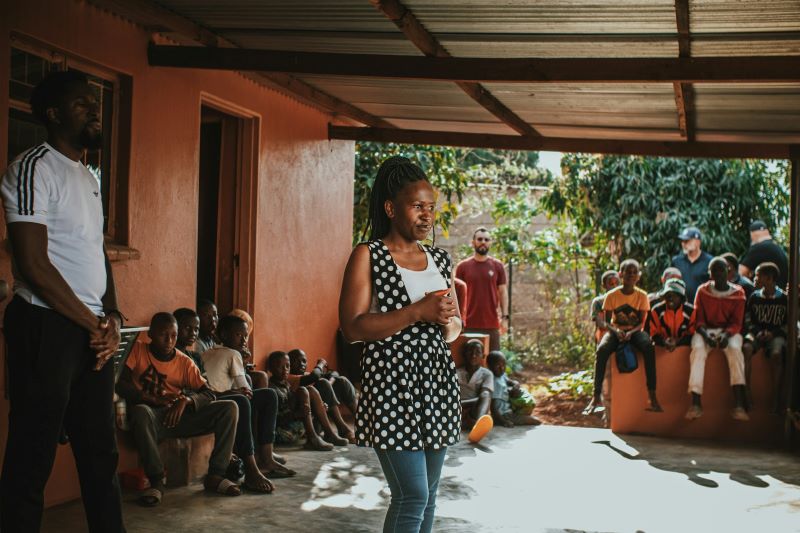

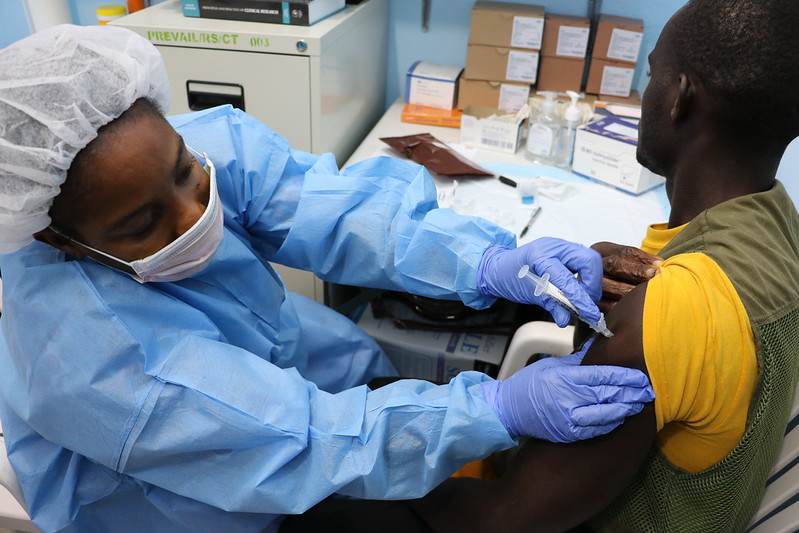 COVID-19 was a difficult time for everyone. Not only did we see extreme drawbacks in the economy, but drawbacks socially and personally as well. The world has worked hard to move on from a time of social isolation, and face masks, but a new problem has begun to arise that threatens the world’s plans for global stability.
COVID-19 was a difficult time for everyone. Not only did we see extreme drawbacks in the economy, but drawbacks socially and personally as well. The world has worked hard to move on from a time of social isolation, and face masks, but a new problem has begun to arise that threatens the world’s plans for global stability. 
